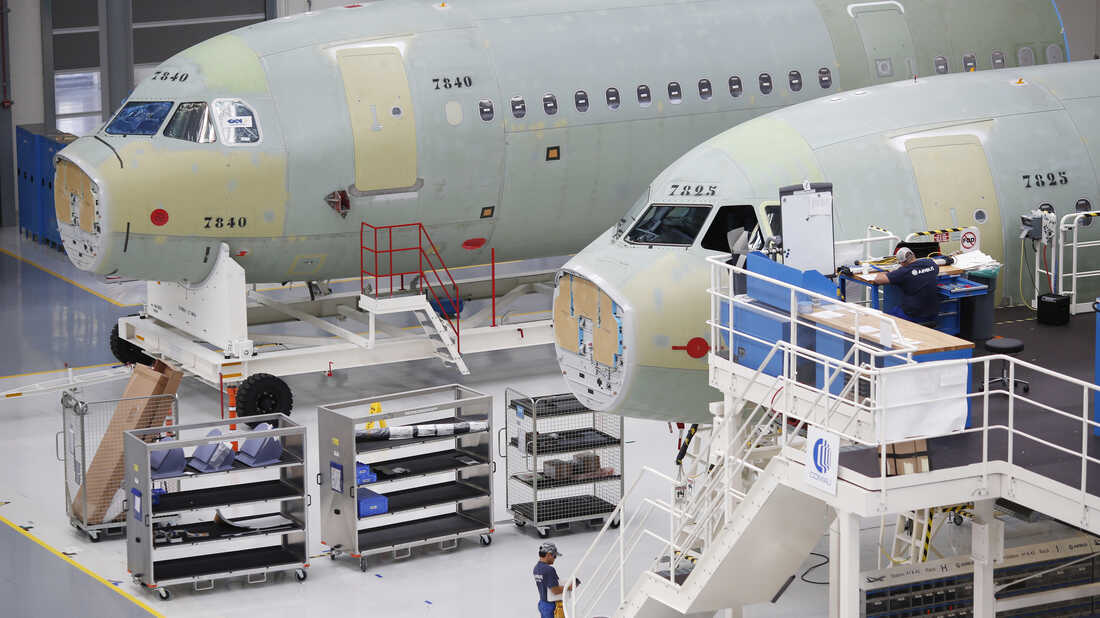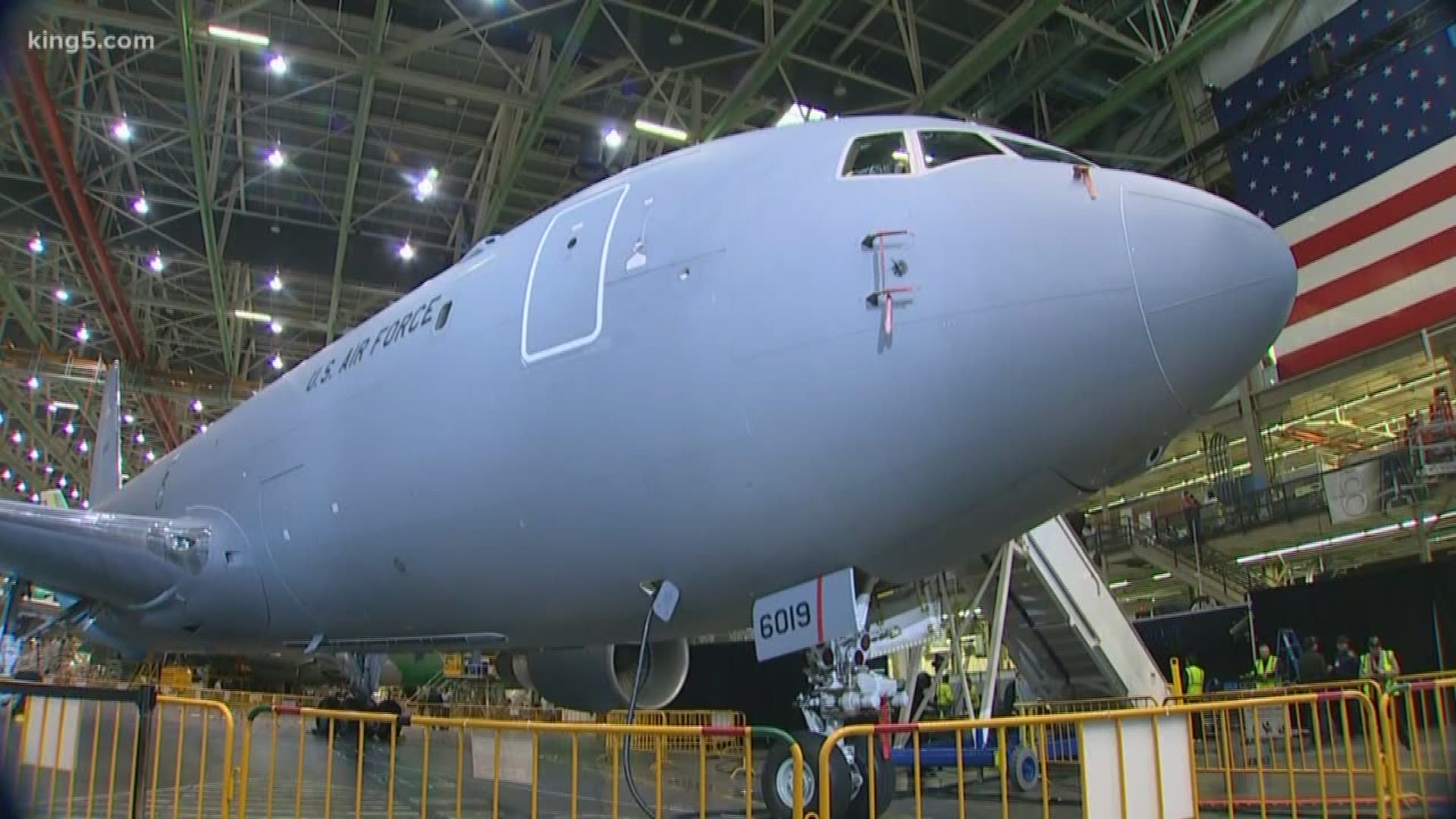
What Are the Common Types of Paint Used on Aircraft?
Share
For tech enthusiasts and professionals in the aviation industry, understanding the common types of paint used on aircraft is crucial. The choice of paint not only impacts the aesthetics of the aircraft but also plays a significant role in performance, safety, and maintenance.
In this article, we will explore the various paint types used on aircraft, their properties, and why specific characteristics are essential for aviation. From aerospace coatings engineered for different environments to operational requirements, there is a lot to cover.

Why Paint is Important for Aircraft
Before delving into the types of paint, it's crucial to understand why they are necessary. The paint on an aircraft serves several purposes:
- Protection: Paint acts as a protective barrier against environmental factors like UV rays, moisture, and corrosive substances.
- Aerodynamics: A smooth and well-painted surface aids in improving the aircraft's aerodynamic properties.
- Identification: Each airline usually has a unique livery that helps in the aircraft's identification.
- Durability: The coatings used are designed to withstand extreme temperatures and conditions.
Common Types of Paint Used on Aircraft
The aerospace industry employs various paints which can typically be categorized into several classes:
1. Polyurethane Paint
Polyurethane paints are known for their excellent durability and resistance to chemicals. They provide a high-gloss finish and are ideal for exterior aircraft surfaces. This type of paint can handle the high-speed conditions and harsh weather that aircraft often face.
2. Acrylic Paint
Acrylic paints offer good weather resistance and are easy to apply. They are generally less durable compared to polyurethane paints but are more flexible, making them suitable for interior applications.
3. Epoxy Paint
Epoxy paints are touted for their outstanding adhesion and resistance to chemical exposure. They are typically used in high-stress areas and components that require additional protection, such as landing gears and fuel tanks.
4. Military Coatings
Many military aircraft utilize specialized paint systems designed to meet stringent requirements. These paints not only protect but also provide radar-absorbent qualities, adding an element of stealth.
5. Waterborne Paint
With an increased focus on environmental sustainability, many manufacturers are opting for waterborne paints. Although they may not deliver the same level of durability, they are less harmful to the environment and health during application.
Choosing the Right Paint
Choosing the correct type of paint for an aircraft involves understanding several factors:
- Type of Aircraft: Different aircraft may have varying requirements based on function, age, and existing conditions.
- Environmental Conditions: Long-haul flights expose planes to diverse weather; thus, the paint must withstand varied environmental factors.
- Maintenance: Consideration for ease of maintenance and how often repainting will be needed.
For a detailed guide on the best practices related to aircraft painting, check out this article on how to paint an aircraft.
Innovations in Aircraft Paint Technology
The aviation industry is continuously evolving, and so is aircraft paint technology. Some current trends include:
- Nanotechnology: Emerging coatings are using nanotechnology for improved durability and resistance.
- Self-Healing Paint: Some advanced coatings can repair small scratches and chips automatically.
- Lightweight Coatings: Reduced weight paints help enhance fuel efficiency without compromising quality.
Challenges in Aircraft Painting
Painting an aircraft comes with its own set of challenges:
- Cost: Aircraft paints can be expensive due to the high-performance requirements.
- Time: Preparation and application require significant time, especially for larger aircraft.
- Inspection: Ensuring a flawless finish demands keen inspection techniques to detect flaws.
For more insights on overcoming challenges in paint inspection processes, visit challenges in paint inspection.
FAQs
1. What are the safety measures taken during aircraft painting?
Safety measures include using personal protective equipment (PPE), ensuring proper ventilation in the painting area, and following strict guidelines for hazardous materials.
2. Can aircraft paint affect fuel efficiency?
Yes, the weight and smoothness of the paint can influence aerodynamic properties, which in turn affects fuel efficiency.
3. How long does an aircraft paint job typically last?
Depending on the type of paint and environmental exposure, a paint job can last anywhere between five to ten years.

Conclusion
Understanding what are the common types of paint used on aircraft is fundamental for tech professionals and enthusiasts alike. The choice of paint directly influences the longevity, appearance, and safety of an aircraft. Innovations in paint technology continue to evolve, providing exciting opportunities to improve not only the aesthetic of aircraft but also their operational efficiency.
For further reading, consider visiting this source on choosing the right aircraft paint.
